https://detail.tmall.com/item.htm?id=600904840315&spm=a1z09.2.0.0.31cd2e8d1sb06V&_u=e1qf7bf5aeed
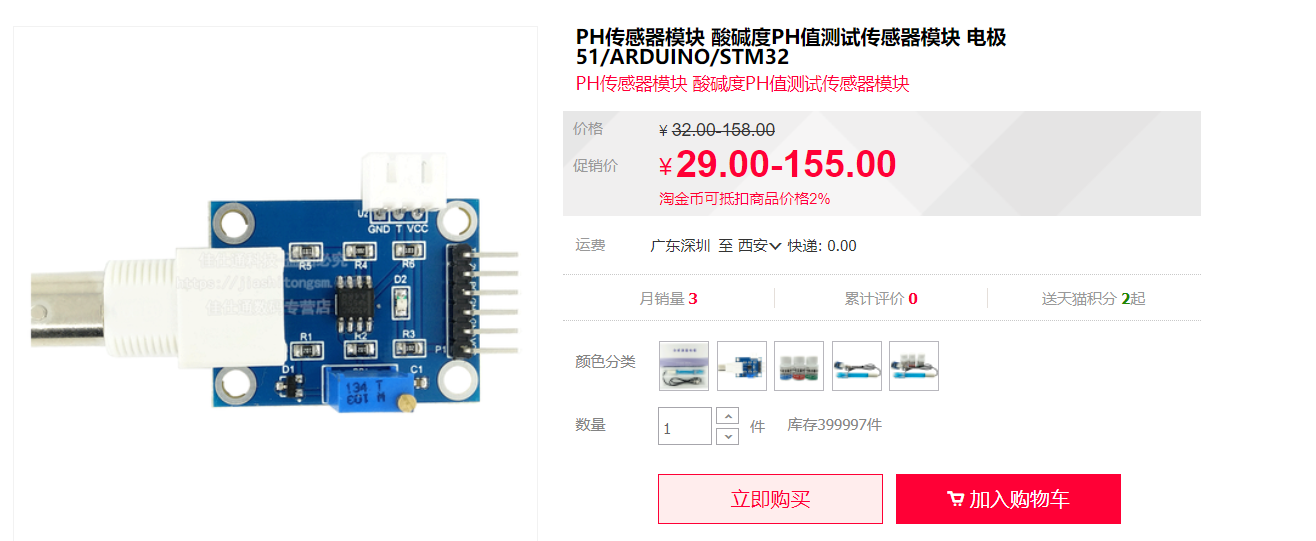
https://pan.baidu.com/s/1_XmY_DZZfsU739t5UdwS1Q
wjfh
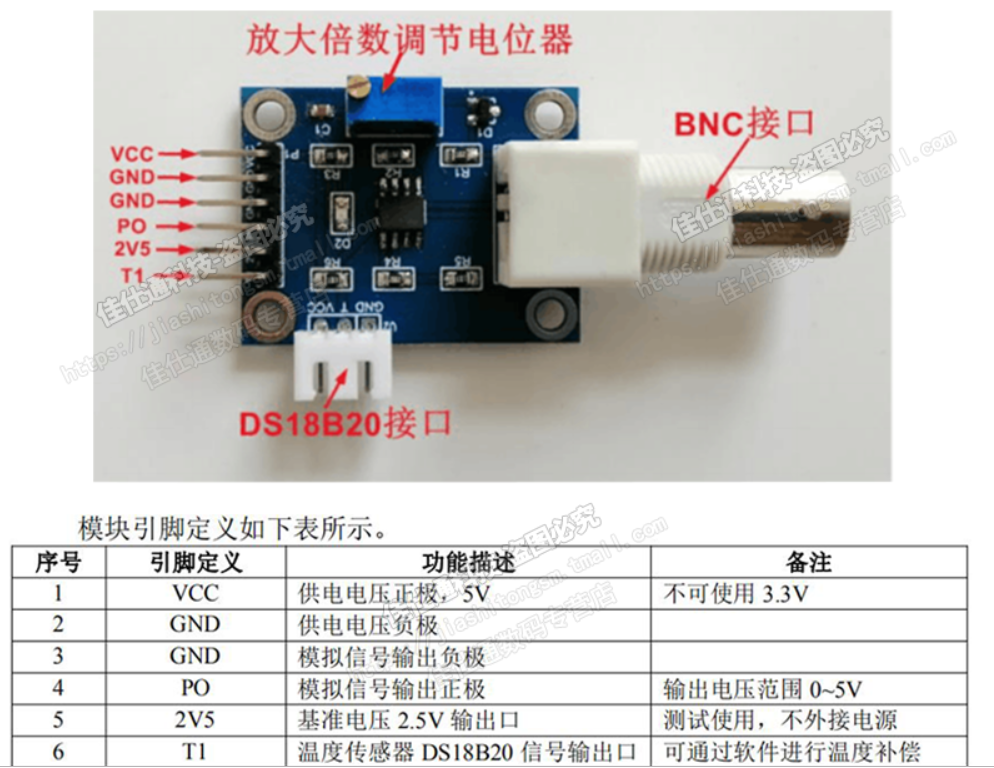
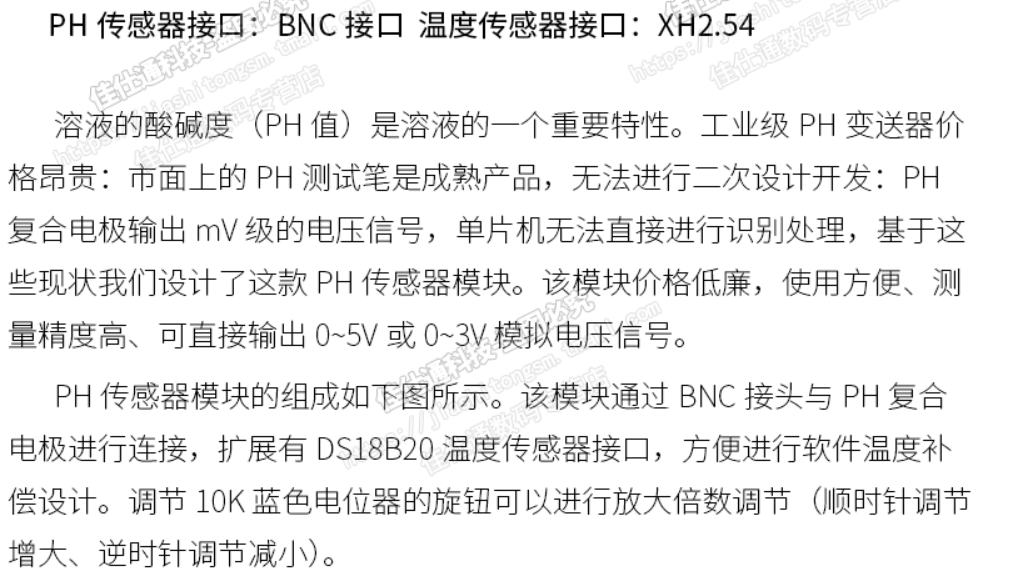
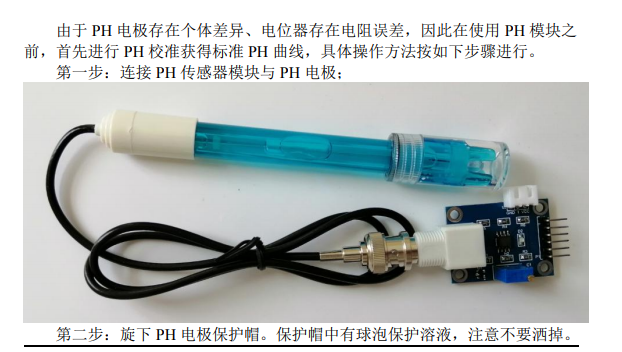
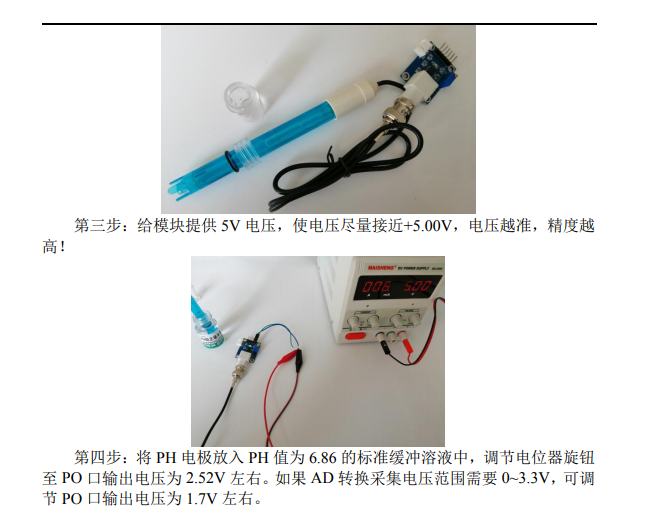
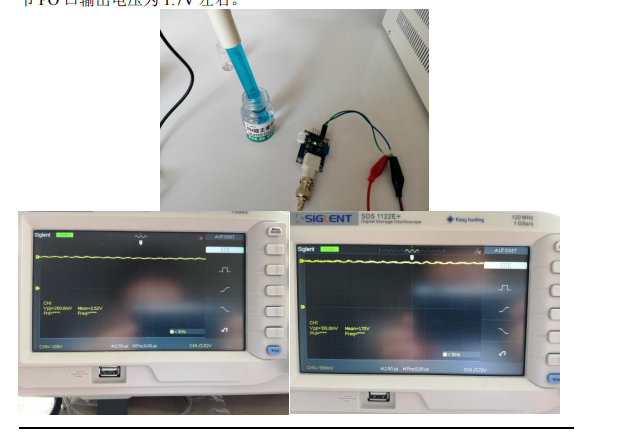
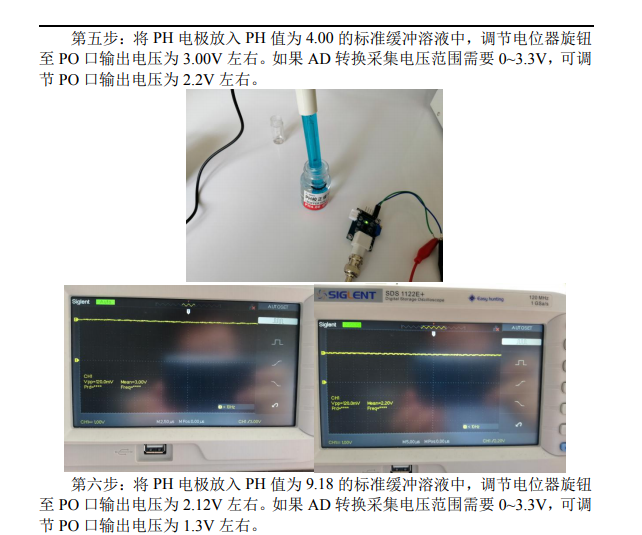
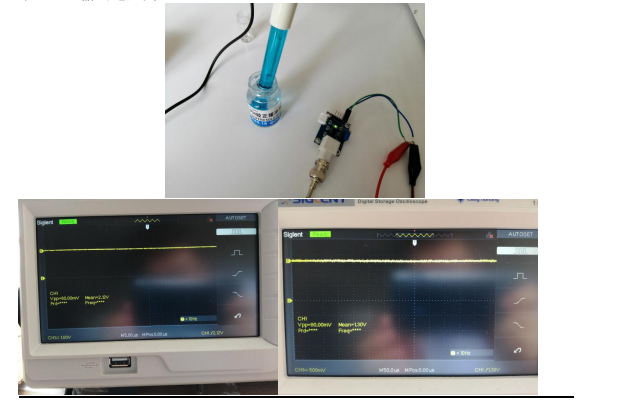

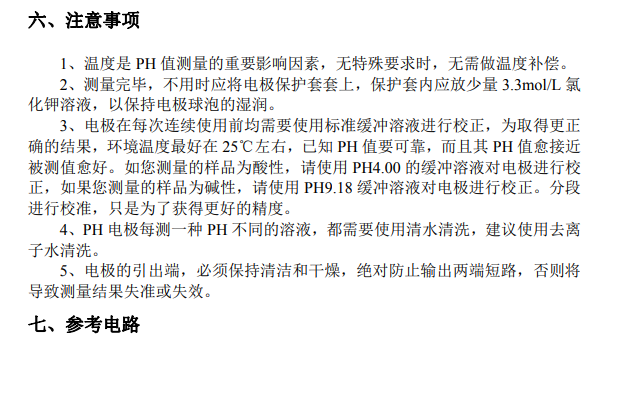
/*
# This sample code is used to test the pH meter Pro V1.0.
*/
#define SensorPin A2 //pH meter Analog output to Arduino Analog Input 2
#define Offset 21.677 //deviation compensate
#define LED 13
#define samplingInterval 20
#define printInterval 800
#define ArrayLenth 40 //times of collection
int pHArray[ArrayLenth]; //Store the average value of the sensor feedback
int pHArrayIndex=0;
void setup(void)
{
pinMode(LED,OUTPUT);
Serial.begin(9600);
Serial.println("pH meter experiment!"); //Test the serial monitor
}
void loop(void)
{
static unsigned long samplingTime = millis();
static unsigned long printTime = millis();
static float pHValue,voltage;
if(millis()-samplingTime > samplingInterval)
{
pHArray[pHArrayIndex++]=analogRead(SensorPin);
if(pHArrayIndex==ArrayLenth)pHArrayIndex=0;
voltage = avergearray(pHArray, ArrayLenth)*5.0/1024;
pHValue = -5.8887*voltage+Offset;
if(pHValue<=0.0){pHValue=0.0;}
if(pHValue>14.0){pHValue=14.0;}
samplingTime=millis();
}
if(millis() - printTime > printInterval) //Every 800 milliseconds, print a numerical, convert the state of the LED indicator
{
Serial.print("Voltage:");
Serial.print(voltage,2);
Serial.print(" pH value: ");
Serial.println(pHValue,2);
digitalWrite(LED,digitalRead(LED)^1);
printTime=millis();
}
}
double avergearray(int* arr, int number){
int i;
int max,min;
double avg;
long amount=0;
if(number<=0){
Serial.println("Error number for the array to avraging!/n");
return 0;
}
if(number<5){ //less than 5, calculated directly statistics
for(i=0;i<number;i++){
amount+=arr[i];
}
avg = amount/number;
return avg;
}else{
if(arr[0]<arr[1]){
min = arr[0];max=arr[1];
}
else{
min=arr[1];max=arr[0];
}
for(i=2;i<number;i++){
if(arr[i]<min){
amount+=min; //arr<min
min=arr[i];
}else {
if(arr[i]>max){
amount+=max; //arr>max
max=arr[i];
}else{
amount+=arr[i]; //min<=arr<=max
}
}//if
}//for
avg = (double)amount/(number-2);
}//if
return avg;
}
关于温度获取

从电路图看出,T1已经被上拉了一个10k电阻,可以直接用。
只不过从T1拿数据做温度的解析。
T1接到D2口
//注意:此程式只適用於一台Arduino連接一個DS18B20的狀況
#include <OneWire.h>
#include <DallasTemperature.h>
#define DQ_pin 2
OneWire oneWire(DQ_pin);
DallasTemperature sensors(&oneWire);
void setup(void)
{
Serial.begin(9600);
sensors.begin();
}
void loop(void)
{
Serial.print("Temperatures->");
sensors.requestTemperatures();
Serial.println(sensors.getTempCByIndex(0));
delay(2000);
}